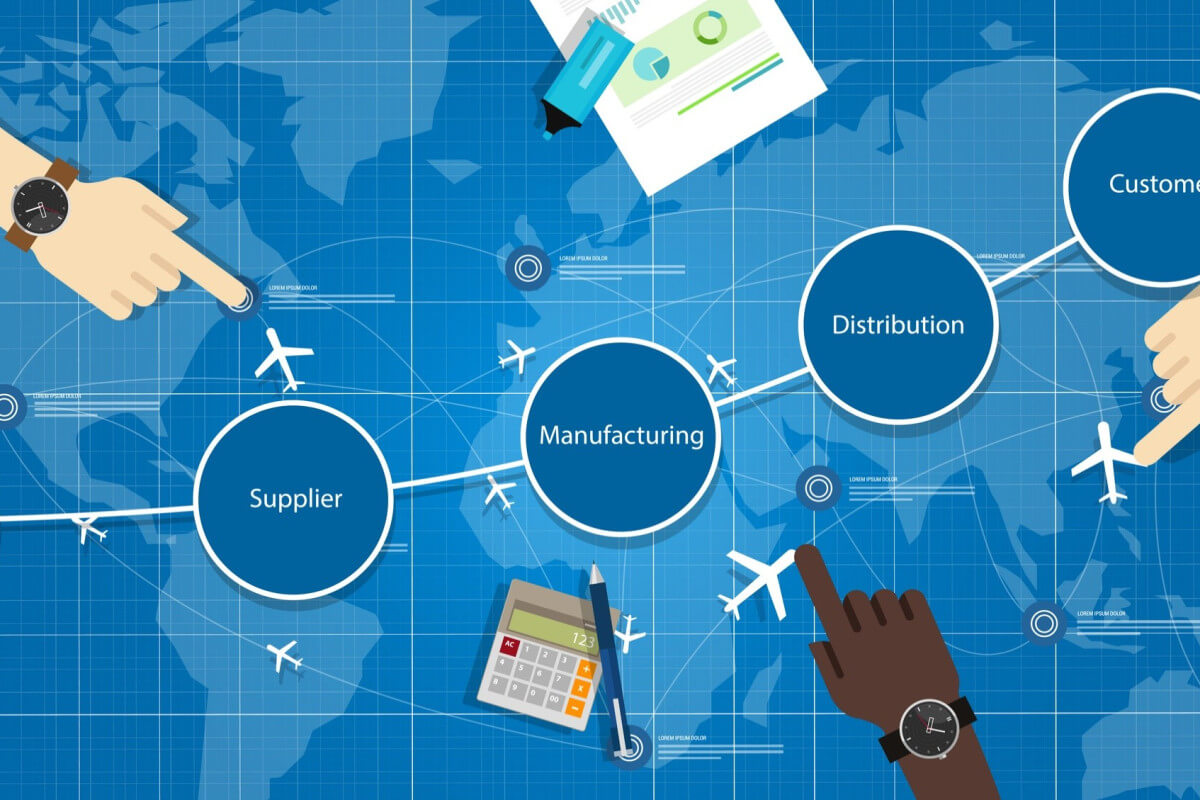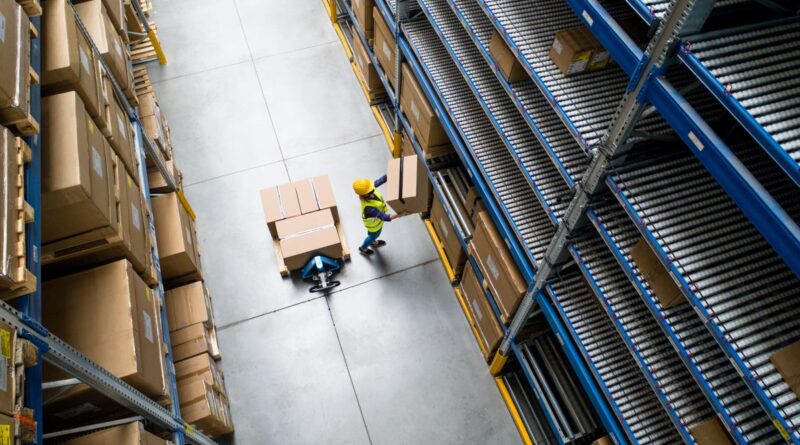End to end supply chain integration is a process that involves designing the entire supply chain to interoperate for enhanced efficiency in supply chain management.
End to end supply chain is commonly referred to as the E2E supply integration chain. All the supply process activities are integrated from the start of the channel to the supplier. It involves procurement of raw materials, product specification, manufacture, scheduling to distribution, and delivery of products to consumers. Some businesses offer after-sale services and reverse logistics to extend the E2E management. The main aim of using end to end supply chain is to reduce costs and minimize material wastage.
End to end vs. traditional supply chain

source: leansupplysolutions.com
The traditional supply chain operates less effectively as the supply functions in the channel are done separately. The e2e supply chain management integrates all the supply functions to function as one entire supply chain. This provides efficiency and flow of goods and information to enhance consumer satisfaction.
Designing and implementing the end-to-end supply chain
End to end supply chain integration is a new approach that entails planning by the business owners to successfully optimize it. Effective e2e supply chains provide end-to-end visibility of the supply process. It should start from product design, raw materials supplier selection, production, distribution, and offering of after-sale services. The Enterprise Resource Planning system can be used to design the complete chain and improve management decision-making.
The Best Practices of E2E Supply Chains

source: raconteur.net
The supply chain focuses on consumer demand planning and inventory management to reduce costs and increase consumer expectations. Consumer demand is planned using market research, competitive factors, seasonality, and analyzing the consumers’ demand history. A business production should always match the market demand of the product.
Stock management is important o a business to strive and compete effectively with other firms. Inventory controls aim to reduce wastage and meet consumer’s demands at the right time. A lean management system can be used to increase collaboration in the supply chain or more flexible operations.
Visibility In E2E Supply Chains
End to end supply chain visibility involves the entire E2Echain. Most ends to end supply chains use the following formula in monitoring and analyzing their data.
- Raw material procurement
- Inventory management
- Logistics and planning
- Production operations
- Distribution of quality products
- Sales and after-sales customer service
When the end-to-end supply chain management is integrated into a system, E2E visibility is necessary for the business to function effectively in communication and provision of services to consumers.
Supply chain visibility needs supply collaboration as its way to gain the required visibility. Supply chain collaboration focuses on having a collaborative multitier supply system. Collaboration in a supply chain entails all departments working together as a team to complete the supply function.
Benefits Of the End-to-End Supply Chain

source: pinterest.com
It’s A Complete Game Changer
End to and supply chain integration provides a business with complete management of the entire supply process. The supply chain provides relevant information in both upward and downward movement, improving the entire supply process and scaling the business. It’s a game-changer as the end-to-end visibility helps reduce costs, minimize risks, analyze, predict and plan supplies to meet the current market demand and future expectations. The management also has better control of the business, enhances communications, and makes the business flexible to meet different market demands.
Improved Relationship Between Suppliers and Customers
An end-to-end supply chain integration system boosts the relationship in different areas. The suppliers get direct information of products required in the market from the consumers. This helps in the production of quality goods to meet demand. The customers are offered quality products in return. A better relationship is established, which greatly benefits the suppliers as they avoid unnecessary waste due to the production of goods in demand only.
Reduced Labor and Material Cost

source: blogspot.com
End to end visibility provides a base of saving on excess costs and material used in a traditional supply chain. Cost is saved in different areas as supply is carried out as one entire process. Unwanted labor costs are cut off supply is centralized and connected, which is easily managed by the supply chain management. This increases the business’s reliability and productivity. Reduced costs can be used to invest in other areas which need attention to improve the business reputations and profit gains.
Reduce Occurrence of Risks
End to end supply chain integration offers smart supply chain intelligence to the business. It involves researching and analyzing historical business trends, which protect the business by reducing the chances of an error. End-to-end visibility helps identify a single point of error that needs quick remedy. The integrated end to end chain makes it easy for companies to forecast and predict the demand trends in the market. This helps a business avoid the risk of running out of products during high peak times and control production and supply during low seasons to avoid unwanted wastage of excess goods.
Manage Complexity

source: thumbor.forbes.com
Supply chains are rapidly developing to become the backbone of business success in the global market. The growth of the supply chains to meet the global market demand comes with more complex and challenging issues to supply management. However, an end-to-end integration guarantees a stable supply chain as there is an end-to-end visibility in supply. Management of supply becomes easier when all the activities in the processes are easily accounted for.
More benefits of the end-to-end supply chain integration include:
- Efficient inventory control and management.
- Improved customer retention.
- Great customer experience.
- Better accounting and analysis of tangible data.
- Improved business functions and reputation.
- Better cost control through management of stock in movement.
- Improved meeting of customer orders and prevention of errors from orders.
- Better planning strategies to deal with different opportunities and situations.
The bottom line

source: googleusercontent.com
End-to-end supply chain integration is the best approach for supply chains. It provides end-to-end visibility and flow of information. For a company to succeed and compete favorably in the globalized market, supply management is needed. The integration provides an advantage to the business as teamwork is enhanced and management and supervision of the product are easier, which helps save on cost and material. You can visit Live Enhanced for more information.




